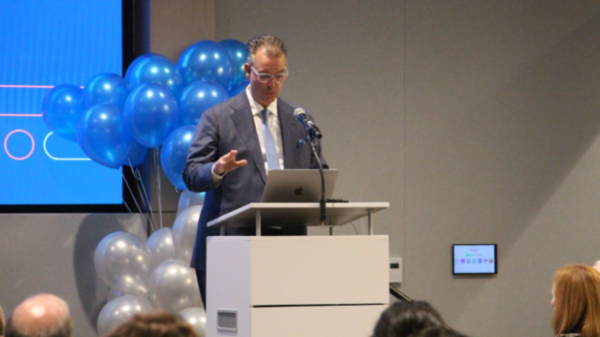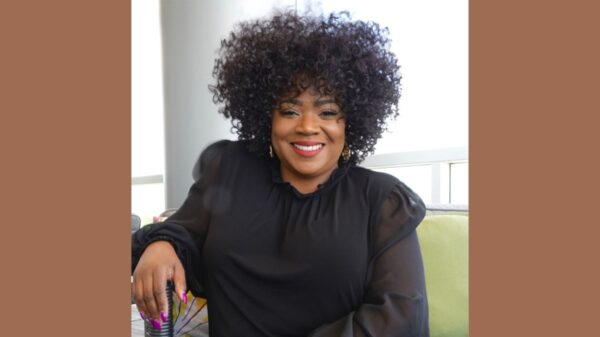By Daniel Johnson
From – https://www.blackenterprise.com/
Reprinted – by Texas Metro News
A recent McKinsey report highlights the profound inequality faced by Black Americans, stating that it would take three centuries to overcome the current disparities without intervention or at least a decade with a multitrillion-dollar stimulus plan.
The report, “The state of Black residents: The relevance of place to racial equity and outcomes,” emphasizes that while Black residents in the suburbs tend to fare better, they are underrepresented in such communities. Racial disparities are most pronounced in megacities (like Houston, L.A., etc.) and stable cities (like St. Louis, Cincinnati, etc.), where around half of the Black population resides. In these areas, Black residents earn approximately 60% of what their white counterparts do, underscoring systemic inequities.
Though Black outcomes have improved over the past decade, the Black-white racial gap has persisted or, in some cases, grown larger. The report notes that unless there is marked improvement in the metrics for Black outcomes, it could take anywhere from 110 to 320 years for those gaps to close. McKinsey points out that its estimate is on the conservative side, assuming that rates stay as they exist currently.
The report notes that this arrangement is crippling the larger U.S. economy, as it is keeping millions of people from achieving their full economic potential. However, as these places are not uniform cities, a one-size-fits-all approach will likely fail. Yet, the report identified two key areas it theorizes would create a “ripple effect” for Black communities nationwide: affordable housing and early childhood education.
The report estimates that though roughly $2.4 trillion would need to be spent on housing, the returns would help future residents by improving economic mobility and educational outcomes. Early childhood education costs are expensive, particularly for Black populations, as it cuts into roughly 23% of their income. The solution, according to the report, lies in publicly funded preschooling. The report notes that because Black women comprise around 17% of early childhood educators, investing $78 billion annually into this system would be a double boon for Black economic mobility.
The report calls on philanthropists to get involved in solving these socioeconomic problems, noting that they tend to give when they see a broad benefit to a social program. “More support can be unlocked from philanthropy.”
The report closes by acknowledging there’s hope that the research presented will galvanize serious action.
“Our hope with this research is to illustrate the scale of solutions that are needed and to emphasize the importance of tailoring those solutions to each community context,” the report reads. “While the path to better outcomes for Black residents is long, and the path to parity even longer, the journey could be shorter if stakeholders step in and step up. No matter where they live, all Black residents across the nation should be able to thrive.”









You must be logged in to post a comment Login